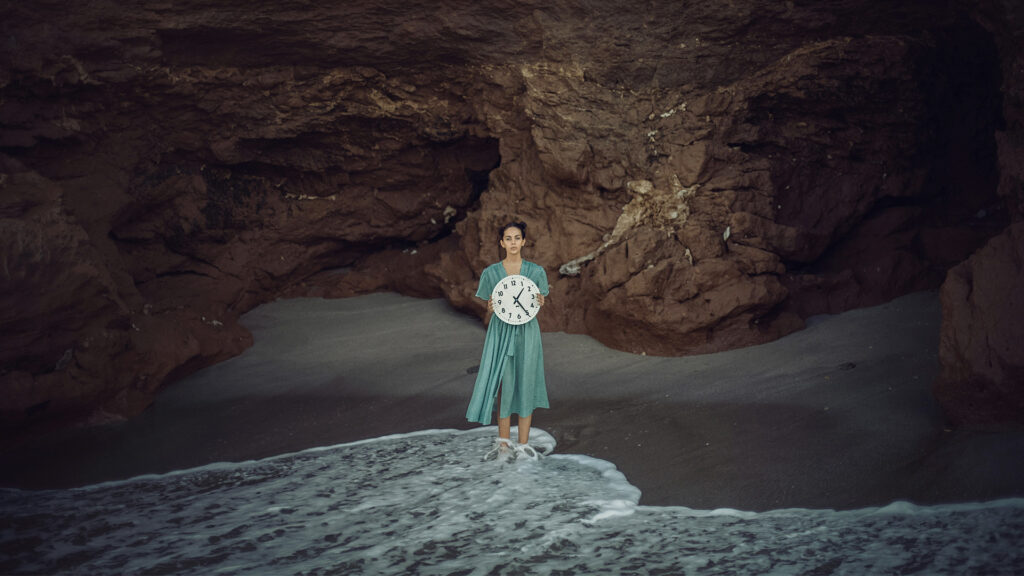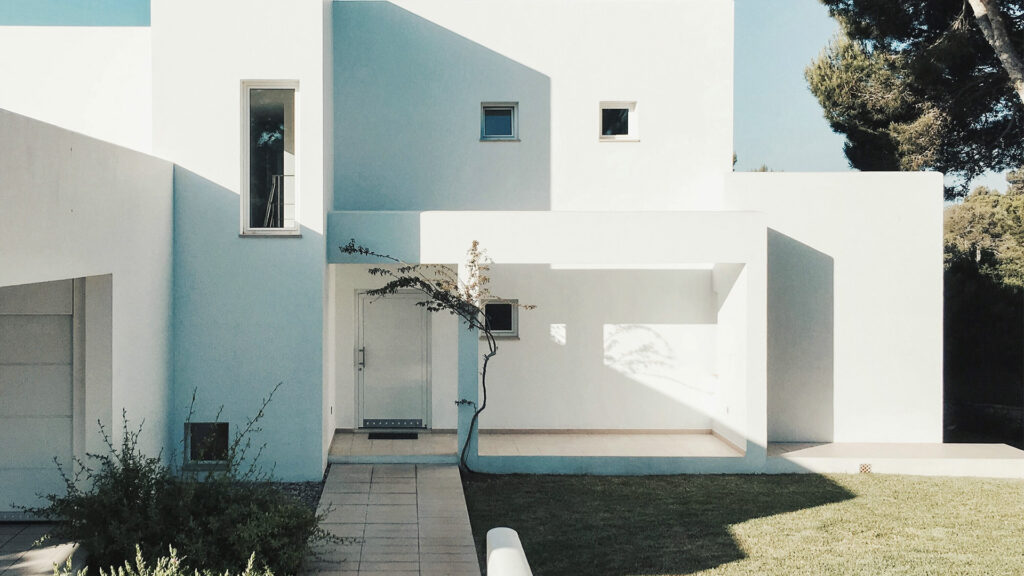Nature tells us about the planet and its history. It talks to us about order, measurement and balance, an order concretized in movement, in the aggregation and in the acclimatization. The magic word, however, is collaboration. It could be said that the order created by nature is formed by the collaboration of all its parts. A natural place is populated through an incredible variety, but without counteracting the overall order. No one feels left out We live in an ecosystem of which we are not mere observers. We are part of it ourselves. We are part of the order created by nature.
Before the human, there was an architecture created by life itself

Before the human
Anupama Kundoo says: “Before the human, there was an architecture created by life itself”, speaking of the natural world as a source of inspiration. And he emphasizes: ” you often can see the same issue already solved by nature”. Anupama Kundoo is an architect born in Pune (India) and currently active in Australia. Author and internationally renowned researcher, she has directed her study of architecture towards research on materials, with the aim of reducing the environmental impact of construction technologies. “In my opinion, everything revolves around interdisciplinarity, interconnection and interrelation. If we remain holistic, we produce a balance. ”
In my opinion, everything revolves around interdisciplinarity, interconnection and interrelation. If we remain holistic, we produce a balance
She has degree from the University of Mumbai in 1989. She received her PhD from TU Berlin in 2008. Her research has led to a people-centred architecture. Based on the study of space and materials, keeping in mind a low environmental impact. Her work was recently exhibited in the solo exhibition “Taking Time” at the Louisiana Museum of Modern Art, Denmark. She has taught architecture and urban management in several faculties around the world. Focus on urban development issues, especially in relation to climate change.
Time and efficiency
Her work provides food for thought, as it focuses on thinking about current construction methods. The approach is innovative and is supported by intense research and experimentation. In her works, Anupama Kundoo develops integrated building technologies that adopt energy- and water-efficient infrastructure solutions. The result is environmentally friendly and economically sustainable buildings. Time is our most precious asset. “Time is a resource that we are not spending properly. People are eager to save resources, but they don’t care how they spend their time. ”

Rethinking your projects
Anupama Kundoo refers to time as a general concept. She reflects on the sense of urgency that governs the current design process that often hinders any long-term reflection at the expense of the collective body of works that are bequeathed to future generations. For this reason, she urges architects to take time to rethink their work and refine their projects keeping in mind the urban community, which is an ecological community. And that can be given perspective taking into account its sustainability.
Common ground
The path is certainly not easy. It is necessary to know how to provide an adequate response to the social and economic context by balancing theory with practice. But the depth of Anupama Kundoo’s reflections goes beyond the buildings she designs. It gives a glimpse of a line that marries with the Gandhian “life is much more than going faster and faster”. Her work spans multiple areas and scales, from residential and public buildings to installations, from urban planning to the role of architecture in society. Anupama Kundoo’s most important projects include Wall House, Volontariat Home for Homeless Children, Unbound, The Library Of Lost Books. In 2012 she contributed to the Venice Biennale and its theme “Common Ground” with a 1:1 scale replica of the Wall House.

In my opinion, architects will also have to work hard to create a habitat that is sustainable
Architecture and biosphere
“I think there’s still a lot of work to be done,” she says. “I would like to start this answer starting from the fact that the world population is still growing and, despite technological progress, humanity is not reducing the demand for energy per capita”. In my opinion, architects will also have to work hard to create a habitat that is sustainable It is the need of the moment: I think we really need new strategies to be able to rethink the materiality of the urban environment “. Sustainability undoubtedly means global thinking. And a sense of connectivity. This can make architecture and biosphere one. Holistically sustainable.
To learn more: interview with Anupama Kundoo
May you be also interested in : Sustainable challenges in 2024





